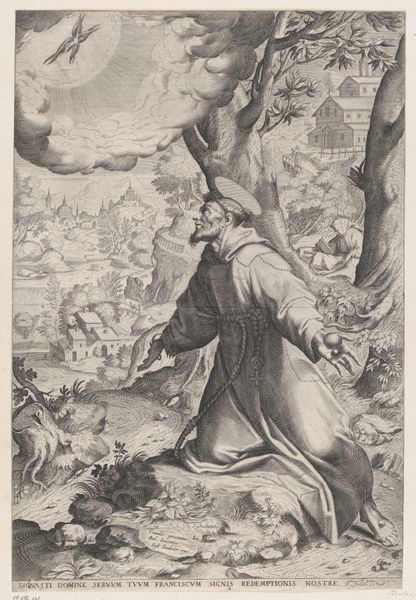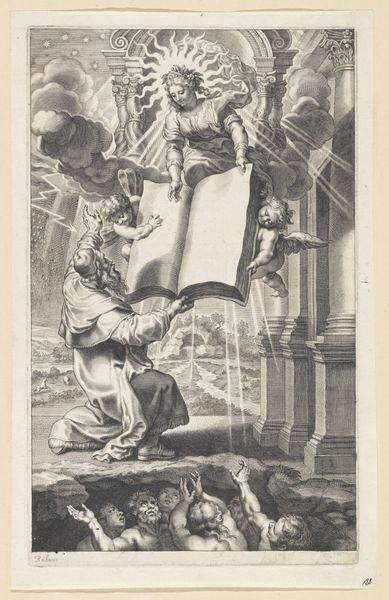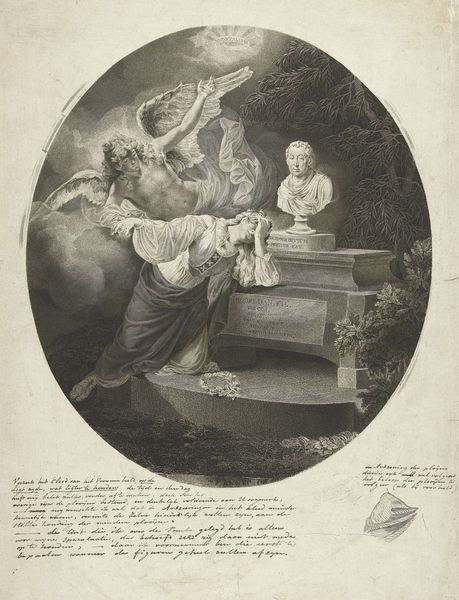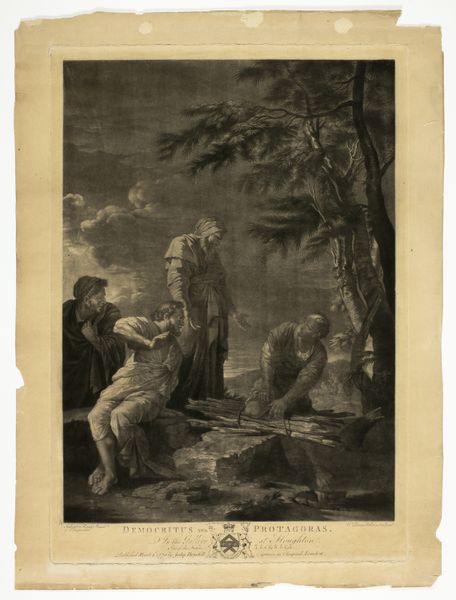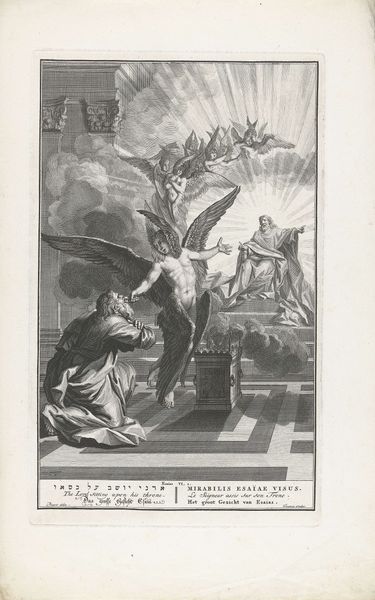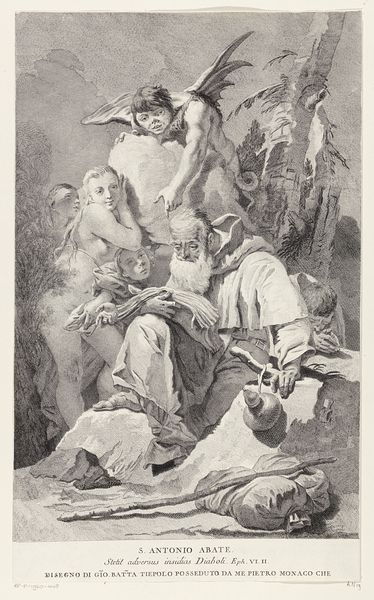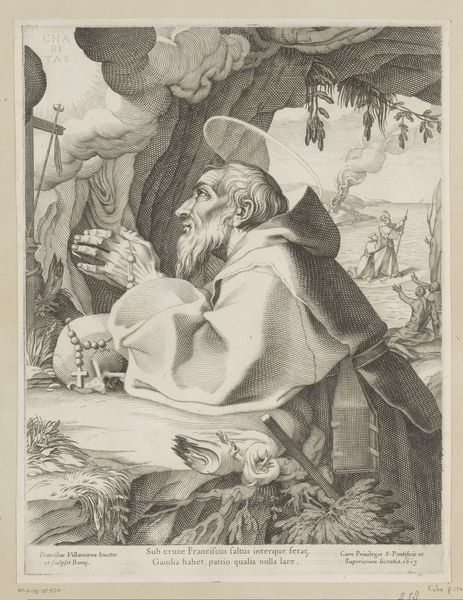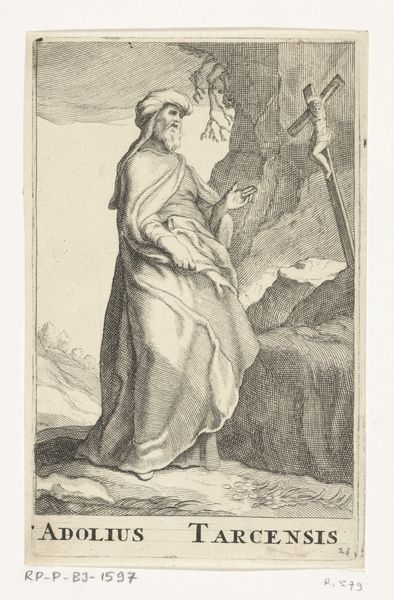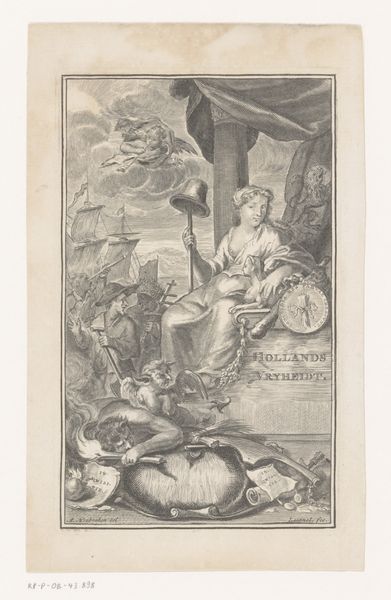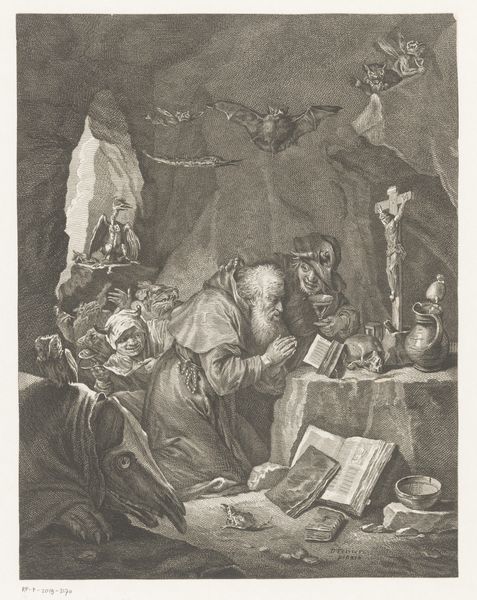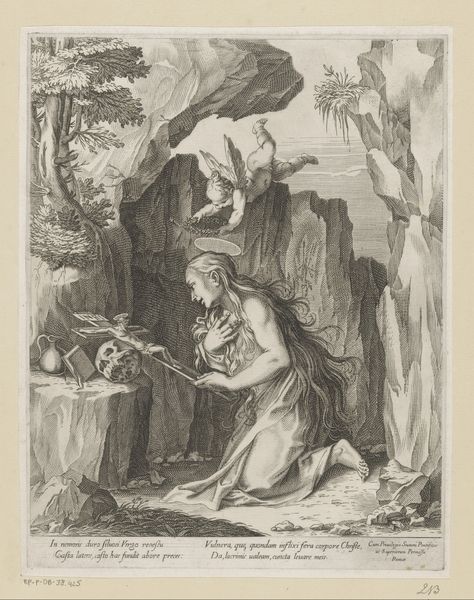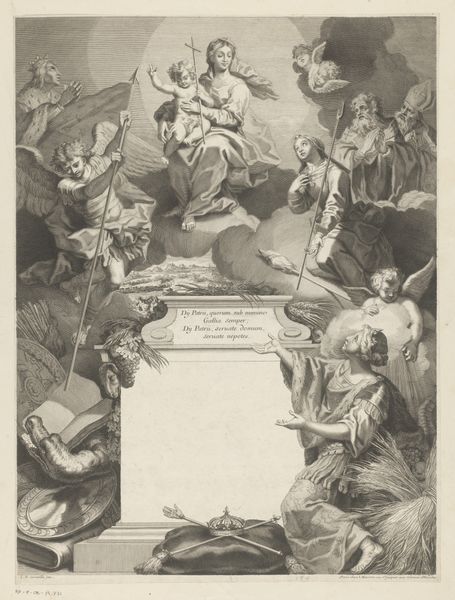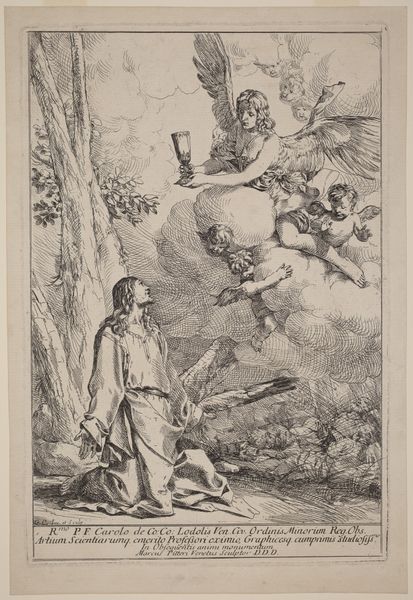
Dimensions: sheet: 17 11/16 x 11 1/8 in. (45 x 28.3 cm)
Copyright: Public Domain
Editor: Here we have Claude Mellan’s “St. Claude” from 1664, a striking engraving currently residing at The Met. The incredibly fine linework creates such a delicate and pious atmosphere. How do you approach a work like this? Curator: As a materialist, I look beyond the immediate impression. I see the lines, yes, but I immediately begin thinking of the engraver’s labor, the tools involved, and the very materiality of the printmaking process in 17th century France. How was this image reproduced and disseminated? What social strata consumed such imagery? Editor: That’s fascinating. So, the "who, what, when, where, and how" of the materials and their circulation, rather than just the "why"? Curator: Precisely. Think about the paper itself – its production, trade routes, its cost. Consider the engraver’s tools and expertise. This wasn’t just about artistic inspiration; it was about a highly skilled craft honed through rigorous training. Editor: It really makes you think about all the invisible work that goes into making art accessible. Were prints like this common? Curator: They were becoming increasingly so. Printmaking facilitated the democratization of imagery, bringing art to a broader audience beyond the wealthy elite who commissioned paintings. Consider how this challenged traditional hierarchies within the art world, blurring the lines between "high art" and "craft." Also consider the societal impact, was this propaganda or a statement of personal reflection? Editor: I’d never considered that angle. I was so focused on the figure and the obvious religious symbolism. Curator: It’s easy to get lost in the iconography. But understanding the materials and their social context offers a richer understanding of the artwork’s place in its time. We see past the aesthetic and arrive at something greater about society and its means for expressing meaning. Editor: That’s changed my perspective completely. It’s about uncovering the tangible and societal traces embedded within the image. Curator: Exactly! And by doing so, we can appreciate the work on a much deeper, more historically grounded level.
Comments
No comments
Be the first to comment and join the conversation on the ultimate creative platform.
